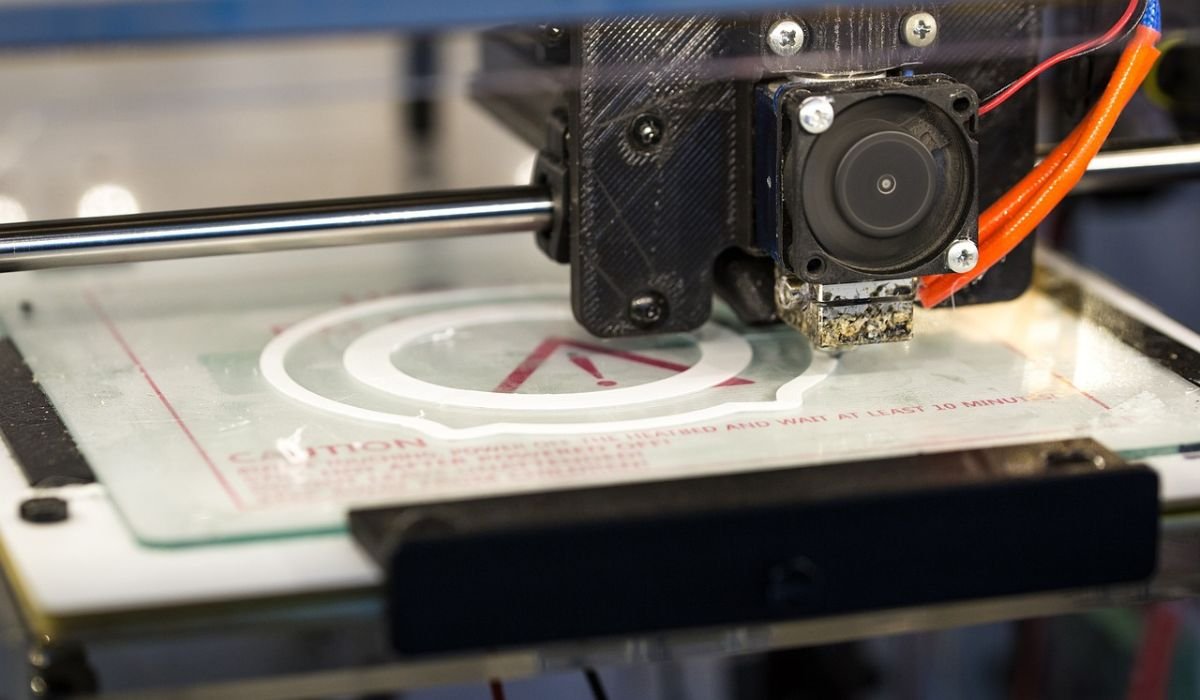In the realm of 3D graphics and rendering, efficiency and speed are paramount. Enter cubvh, an innovative open-source toolkit that has redefined 3D scene optimization. With its deep integration with NVIDIA’s CUDA platform, cubvh promises faster rendering times, smoother visual experiences, and high-quality visual fidelity, making it a game-changer for video games and VR. In this blog post, we’ll explore what cubvh is, how it works, and why it’s significant for developers across all age groups.
Introduction to Cubvh
Cubvh is a community-driven toolkit specifically designed to enhance 3D scene optimization through Bounding Volume Hierarchy (BVH) algorithms. By leveraging the computational power of NVIDIA’s CUDA platform, cubvh accelerates tasks in real-time applications. This ensures high-speed rendering while maintaining exceptional quality, making it an indispensable tool for developers aiming to push the boundaries of visual experiences.
What Makes Cubvh Unique
Open-Source Flexibility
One of cubvh’s standout features is its open-source nature. This not only allows developers to customize and adapt the toolkit to their specific needs but also fosters a community of collaboration and innovation. The open-source model encourages continuous improvement and shared knowledge among users, driving the toolkit’s evolution.
Seamless CUDA Integration
The deep integration with NVIDIA’s CUDA platform is a crucial aspect of cub vh. CUDA accelerates computational tasks, optimizing performance for real-time applications like VR and gaming. This integration ensures that developers can achieve seamless and efficient rendering, crucial for maintaining immersive and engaging user experiences.
Community-Driven Development
Cu bvh thrives on community contributions. Developers worldwide share insights, improvements, and solutions, ensuring the toolkit remains at the cutting edge of technology. This collective effort enhances the toolkit’s functionality and reliability, providing users with a robust resource for 3D scene optimization.
Understanding Bounding Volume Hierarchy (BVH)
To appreciate cubvh’s capabilities, it’s essential to understand Bounding Volume Hierarchy (BVH). BVH is a method used in computer graphics to simplify collision detection and ray tracing by organizing geometric objects within a scene. This hierarchical structure makes it easier and faster to determine interactions between objects, significantly improving rendering efficiency.
How BVH Works
- Hierarchy Creation: BVH organizes objects into a tree-like structure, where each node represents a bounding volume that encompasses a set of objects or smaller volumes.
- Collision Detection: When a collision check is needed, BVH quickly identifies which volumes need further examination, reducing the number of calculations required.
- Ray Tracing: In ray tracing, BVH helps determine which objects a ray will intersect, optimizing the rendering process by minimizing unnecessary checks.
Benefits of BVH in Rendering
The primary advantage of BVH is its ability to streamline complex calculations in 3D scenes. By reducing the computational load, BVH enhances rendering speeds without sacrificing detail or accuracy. This makes it particularly valuable for applications requiring real-time feedback, such as virtual reality and interactive simulations.
Applications of Cu bvh in Business
Cubvh’s capabilities extend beyond gaming and VR into various business applications. Its ability to optimize 3D scenes efficiently makes it a valuable tool in industries such as architecture, automotive design, and any field requiring intricate 3D modeling and visualization.
Architecture and Design
In architectural visualization, cub vh enables designers to render complex structures quickly and accurately. This allows architects and clients to explore designs interactively, making real-time adjustments and enhancements possible.
Automotive and Manufacturing
For automotive design, cub vh assists in creating realistic prototypes and simulations. By optimizing the rendering process, designers can focus more on innovation and less on computational limitations, speeding up the development cycle.
The Future of Cu bvh
The future of cubvh is bright, with continuous advancements expected in both its technology and applications. As more developers contribute to its growth, cubvh will likely become even more versatile, supporting a broader range of industries and applications.
Emerging Trends
- AI Integration: Combining AI with cubvh could further enhance its rendering capabilities, allowing for smarter scene optimizations and predictive modeling.
- Broader Industry Adoption: As awareness of cubvh grows, more industries will likely adopt it for diverse applications, from animation to scientific visualization.
Continuous Development
The open-source nature of cubvh ensures that it will keep evolving. With a dedicated community driving its progress, users can expect regular updates and improvements that keep pace with technological advancements.
You May Also Like: Explore Dizipal 683 A Streaming Hub for All
Conclusion
Cubvh represents a significant step forward in 3D scene optimization, offering unmatched flexibility, efficiency, and quality. For developers across all age groups, it provides an invaluable resource to enhance their projects, whether in gaming, VR, or other digital realms. By integrating cubvh into your workflow, you can unlock new possibilities and elevate the quality of your work. Explore the potential of cubvh today and join a thriving community that’s shaping the future of 3D rendering.
FAQs
What is cubvh?
Cubvh is an open-source toolkit designed for 3D scene optimization using BVH algorithms, integrated with NVIDIA’s CUDA platform to enhance rendering speed and quality.
How does cubvh improve rendering performance?
Cubvh uses BVH to organize 3D scenes efficiently, reducing computational load and speeding up rendering without sacrificing detail.
Can I customize cubvh for specific projects?
Yes, as an open-source tool, cubvh allows developers to tailor its features and functions to meet their unique project requirements.
Which industries can benefit from using cubvh?
Cubvh is valuable in gaming, virtual reality, architecture, automotive design, and any industry requiring detailed 3D modeling and visualization.
How does cubvh support community-driven development?
Cubvh thrives on contributions from a global developer community, fostering collaboration, innovation, and continuous improvement.











